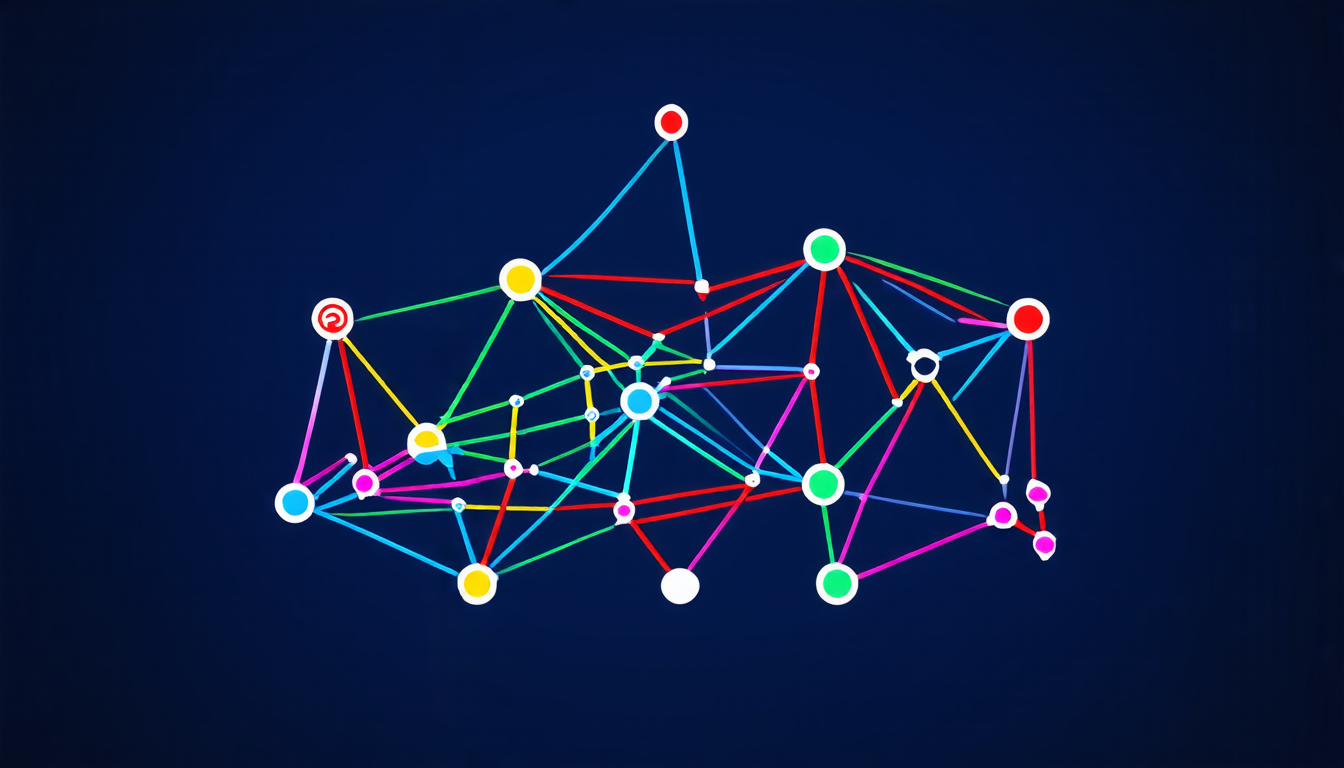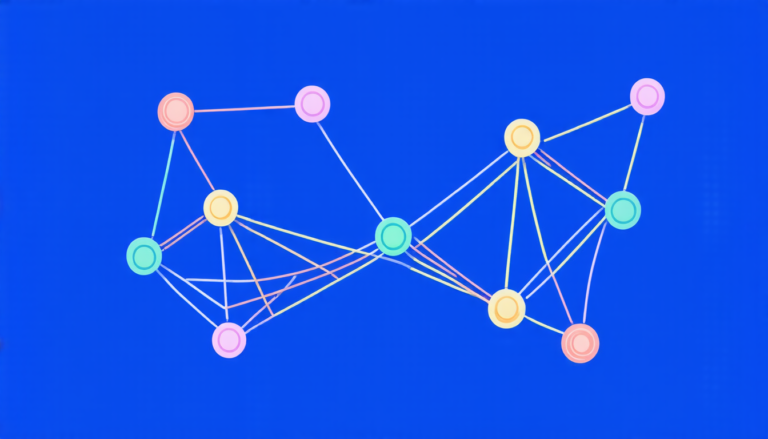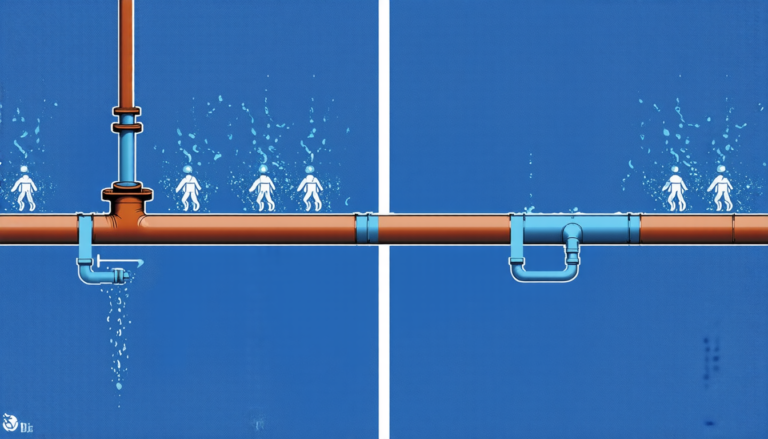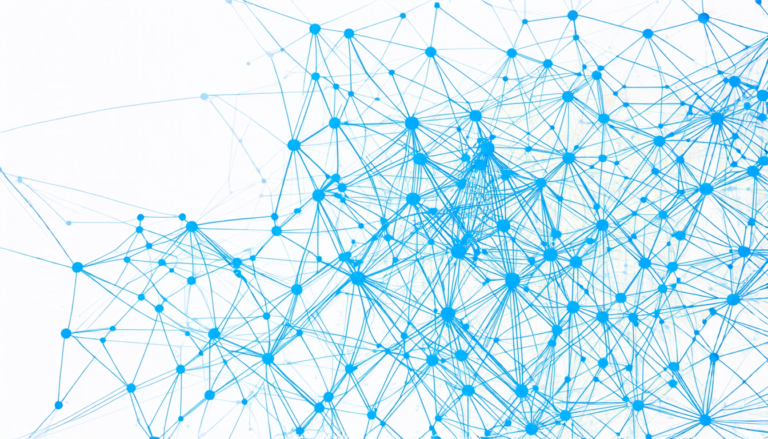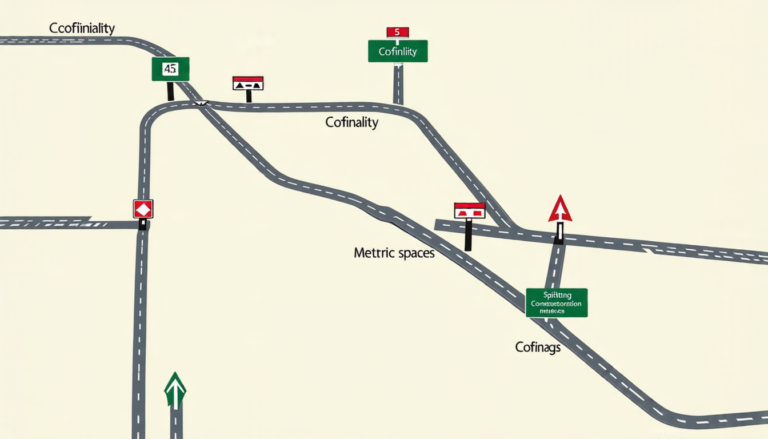Tuesday 25 March 2025
Researchers have made significant progress in understanding a fundamental problem in mathematics, known as the Turán problem for suspension hypergraphs. This complex issue has been a long-standing challenge in combinatorics, and solving it could have far-reaching implications for fields such as computer science, physics, and biology.
The Turán problem is named after Paul Turán, who first proposed it in the 1940s. It involves finding the maximum number of edges in a graph that does not contain a specific subgraph, known as a forbidden graph. In other words, it’s about determining the largest possible network that doesn’t have a particular structure.
The new research focuses on suspension hypergraphs, which are a type of graph that contains more than two vertices and at least three edges. The authors used advanced mathematical techniques to solve the Turán problem for this specific class of graphs.
One of the key challenges in solving the Turán problem is dealing with the vast number of possible configurations. In the case of suspension hypergraphs, the researchers used a combination of analytical and computational methods to narrow down the possibilities and find the optimal solution.
The results have important implications for understanding the structure of complex networks. Suspension hypergraphs can be used to model real-world systems such as social networks, transportation networks, or biological networks. By determining the maximum number of edges in these graphs without a specific subgraph, researchers can gain insights into how these networks function and how they might fail.
The study also highlights the importance of interdisciplinary collaboration. Researchers from mathematics, computer science, and physics worked together to tackle this complex problem. This approach not only led to new mathematical insights but also demonstrated the potential for cross-disciplinary research to drive innovation.
In the future, solving the Turán problem for other types of graphs could lead to breakthroughs in fields such as data analysis, machine learning, or materials science. The research has already opened up new avenues for exploration and has the potential to have a lasting impact on our understanding of complex systems.
Cite this article: “Mathematicians Crack Century-Old Turán Problem for Suspension Hypergraphs”, The Science Archive, 2025.
Turán Problem, Suspension Hypergraphs, Combinatorics, Computer Science, Physics, Biology, Graph Theory, Network Structure, Complex Systems, Interdisciplinary Research.

